Video Make bootable USB Mac Windows 10 ?
Thủ Thuật Hướng dẫn Make bootable USB Mac Windows 10 2022
Lê Hữu Kông đang tìm kiếm từ khóa Make bootable USB Mac Windows 10 được Cập Nhật vào lúc : 2022-11-26 14:40:13 . Với phương châm chia sẻ Mẹo về trong nội dung bài viết một cách Chi Tiết 2022. Nếu sau khi Read Post vẫn ko hiểu thì hoàn toàn có thể lại Comments ở cuối bài để Tác giả lý giải và hướng dẫn lại nha.How Make a Windows 10 USB Using Your Mac - Build a Bootable ISO From Your Mac's Terminal
Nội dung chính Show- Step 1: Download the Windows 10 ISO fileStep 2: Insert your USB storage drive into your MacStep 3: Use the diskutil command to identify which drive your USB is mounted onStep 4: Format your USB Drive to work with WindowsStep 5: Use hdiutil to mount the Windows 10 thư mục and prepare it for transfer.Step 7: Put your USB into your new PC and start loading WindowsStep 1: Download the Windows 10 ISO fileStep 2: Insert your USB storage drive into your MacStep 3: Use the diskutil command to identify which disk your USB drive is mounted onStep 4:
Format your USB Drive to work with WindowsStep 5: Use hdiutil to mount the Windows 10 thư mục and prepare it for transfer.Step 6: Copy the Windows 10 ISO over to your USB DriveStep 7: Put your USB into your new PC and start loading WindowsCan you make a bootable USB for Mac on Windows?Can you make a USB bootable Mac?Can I use Rufus to make a bootable USB for Mac?What format should a bootable USB be for Mac?
Most new PCs don't come with DVD drives anymore. So it can be a pain to install Windows on a new computer.
Luckily, Microsoft makes a tool that you can use to install Windows from a USB storage drive (or "thumbdrive" as they are often called).
But what if you don't have a second PC for setting up that USB storage drive in the first place?
In this tutorial we'll show you how you can set this up from a Mac.
Step 1: Download the Windows 10 ISO file
You can tải về the ISO file straight from Windows. That's right - everything we're going to do here is 100% legal and sanctioned by Microsoft.
If you want an English-language version of the latest update of Windows 10, you can tải về the ISO here.
If you have a relatively new computer, you probably want the 64-bit version. If you're not sure, go with the 32-bit version to be safe.
If you want a non-English-language version of Windows, or want to get an older update version, tải về the ISO here instead.
Step 2: Insert your USB storage drive into your Mac
The ISO file is only about 5 gigabytes, but I recommend you use a USB drive with least 16 gigabytes of space just in case Windows needs more space during the installation process.
I bought a 32 gigabyte USB drive Walmart for only $3, so this shouldn't be very expensive.
Stick your USB drive into your Mac. Then open your terminal. You can do this using MacOS Spotlight by pressing both the ⌘ and Space bar the same time, then typing "terminal" and hitting enter.
Don't be intimidated by the command line interface. I'm going to tell you exactly which commands to enter.
Step 3: Use the diskutil command to identify which drive your USB is mounted on
Open Mac Spotlight using the ⌘ + space keyboard shortcut. Then type the word "terminal" and select Terminal from the dropdown list.
Paste the following command into your terminal and hit enter:
diskutil list
You will see output like this (note - your Mac's terminal may be black text on a white background if you haven't customized it).
Copy the text I point to here. It will probably be something like
/dev/disk2.
Step 4: Format your USB Drive to work with Windows
Next format your USB drive to Windows FAT32 format. This is a format that Windows 10 will recognize.
Note that you should replace the disk2 with the name of the your drive from step 3 if it wasn't disk2. (It may be disk3 or disk4).
Run this command using the correct disk number for your USB:
diskutil eraseDisk ExFAT "WIN10" GPT /dev/disk2
Then you'll see terminal output like this.
This will probably only take about 20 seconds on a newer computer, but may take longer on an older computer.
Step 5: Use hdiutil to mount the Windows 10 thư mục and prepare it for transfer.
Now we're going to prep our downloaded ISO file so we can copy it over to our USB drive.
You will need to check where your downloaded Windows 10 ISO file is and use that. But your file is probably located in your ~/Downloads thư mục with a name of Win10_1903_V1_English_x64.iso.
hdiutil mount ~/Downloads/Win10_1903_V1_English_x64.iso
Step 6: Copy the Windows 10 ISO over to your USB Drive Now run the following command to copy your Windows Win10_1903_V1_English_x64.iso to your USB drive.
cp -rp /Volumes/CCCOMA_X64FRE_EN-US_DV9/* /Volumes/WIN10/
Step 7: Put your USB into your new PC and start loading Windows
Congratulations - your computer now should boot directly from your USB drive. If it doesn't, you may need to check your new PC's BIOS and change the boot order to boot from your USB drive.
Windows will pop up a screen and start the installation process.
Enjoy your new PC, and your newly-installed copy of Windows.
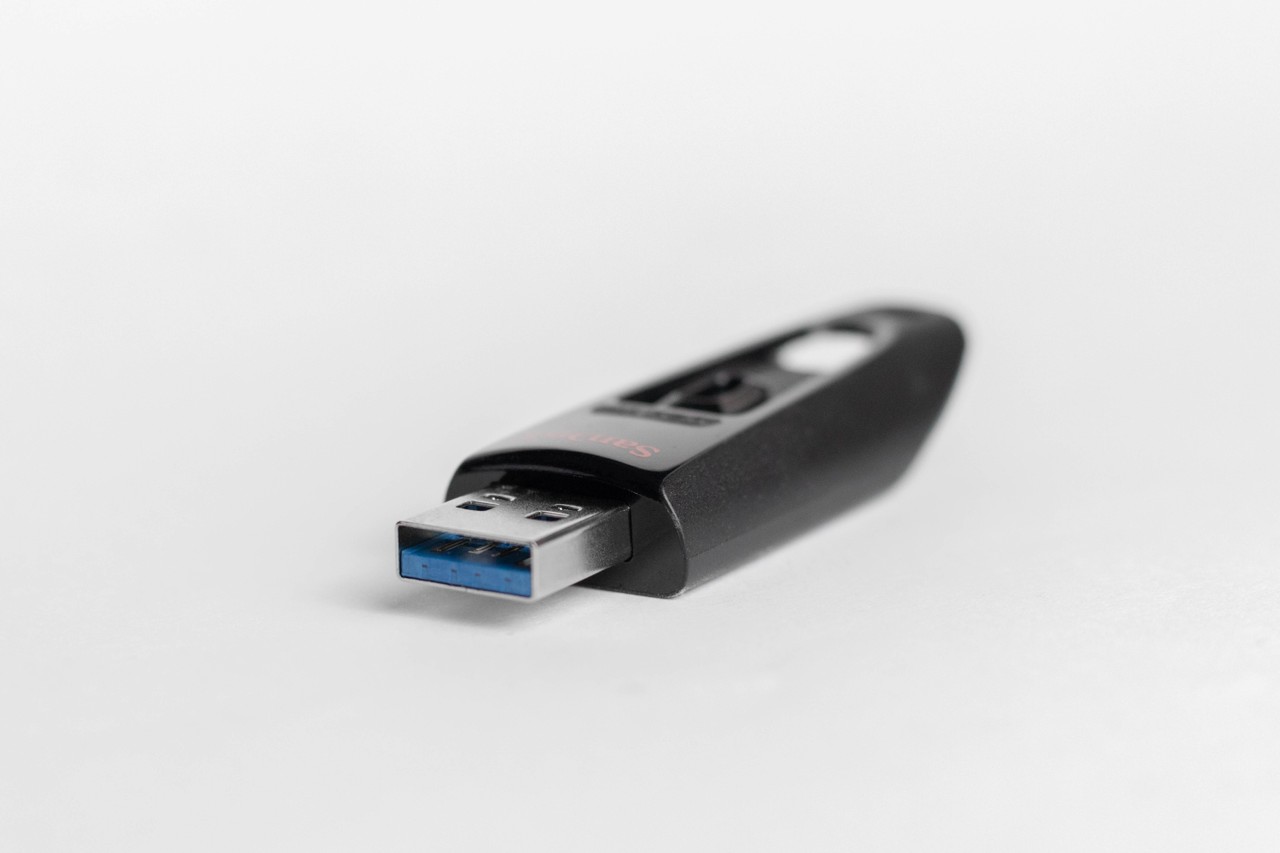
Most new PCs don't come with DVD drives anymore. So it can be a pain to install Windows on a new computer.
Luckily, Microsoft makes a tool that you can use to install Windows from a USB storage drive (or "thumbdrive" as they are often called).
But what if you don't have a second PC for setting up that USB storage drive in the first place?
In this tutorial we'll show you how you can set this up from a Mac.
Step 1: Download the Windows 10 ISO file
You can tải về the ISO file straight from Microsoft. That's right - everything we're going to do here is 100% legal and sanctioned by Microsoft.
You can tải về Windows 10 directly from Microsoft for không lấy phí using this link. If you visit the link using a Windows device, you'll be redirected to the Windows Media Creation Tool like this:

If you visit the same link from a non-Windows device, such as a Mac or a Linux device or any smartphone, you'll land on the official ISO tải về page:
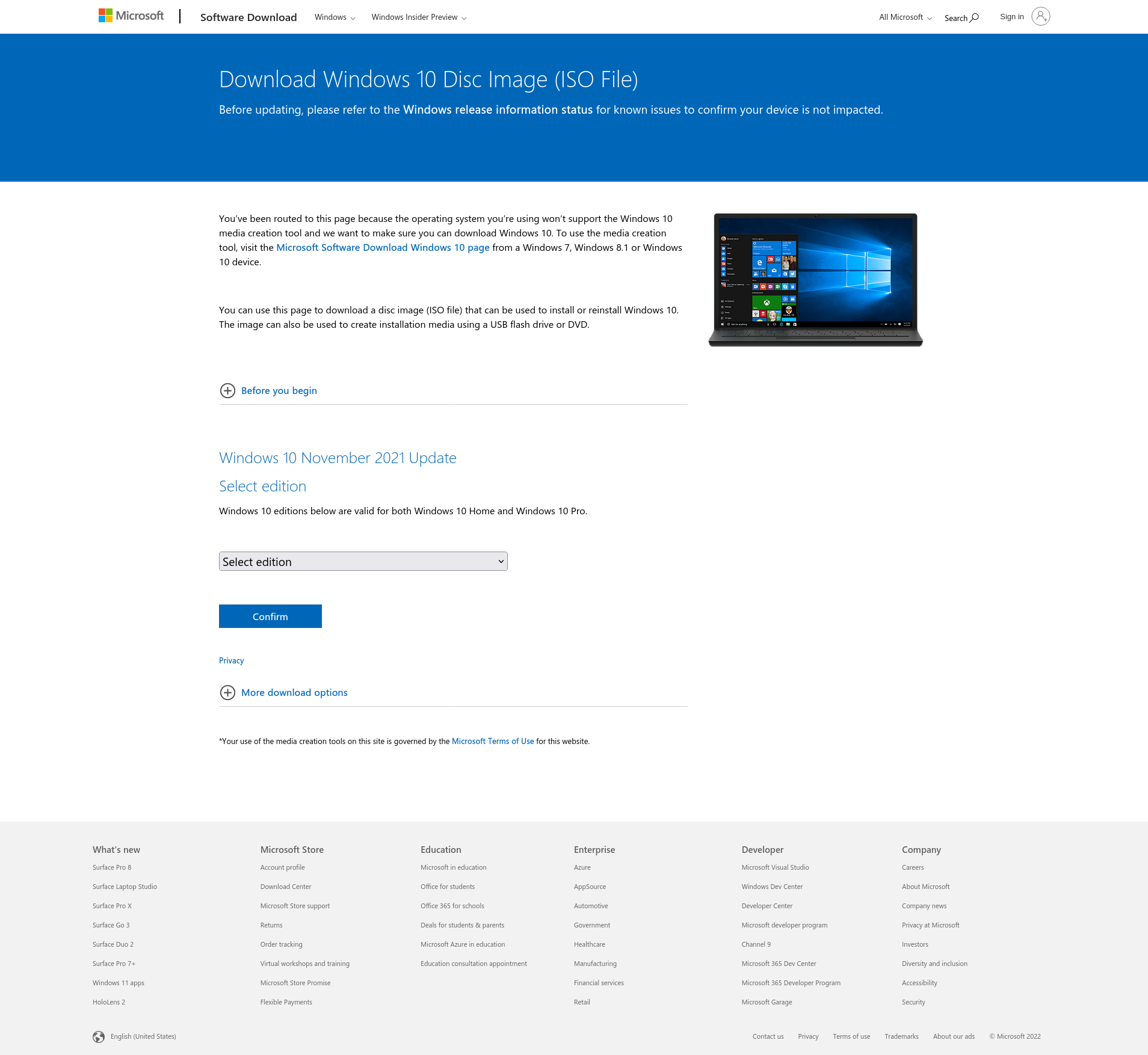
Select your desired edition from that drop-down and hit Confirm.
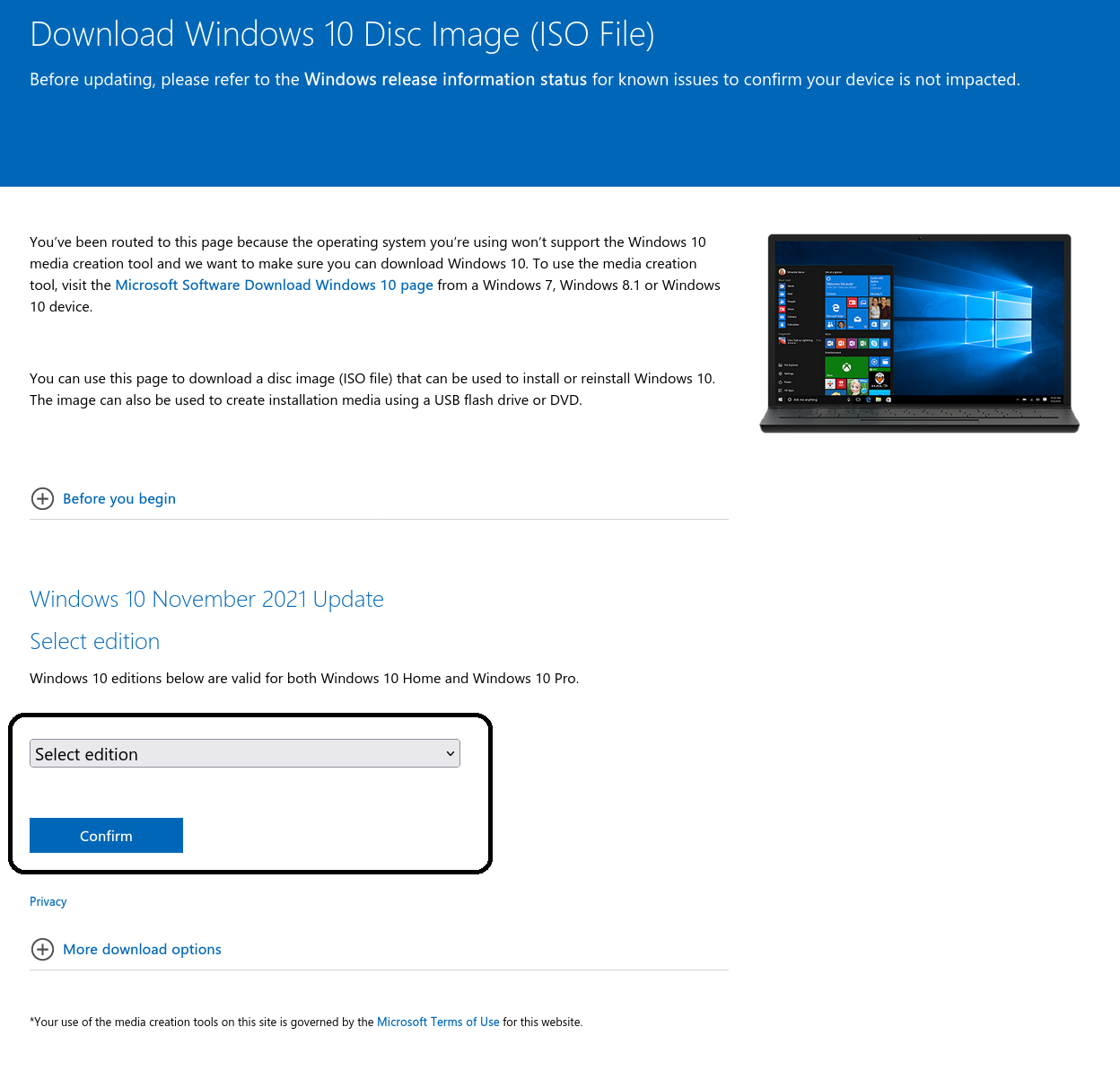
At this time, Windows 10 (multi-edition ISO) was the only one available. Once you've confirmed your edition, you'll get another drop-down that lets you pick a language. Pick the one you want and hit the Confirm button.
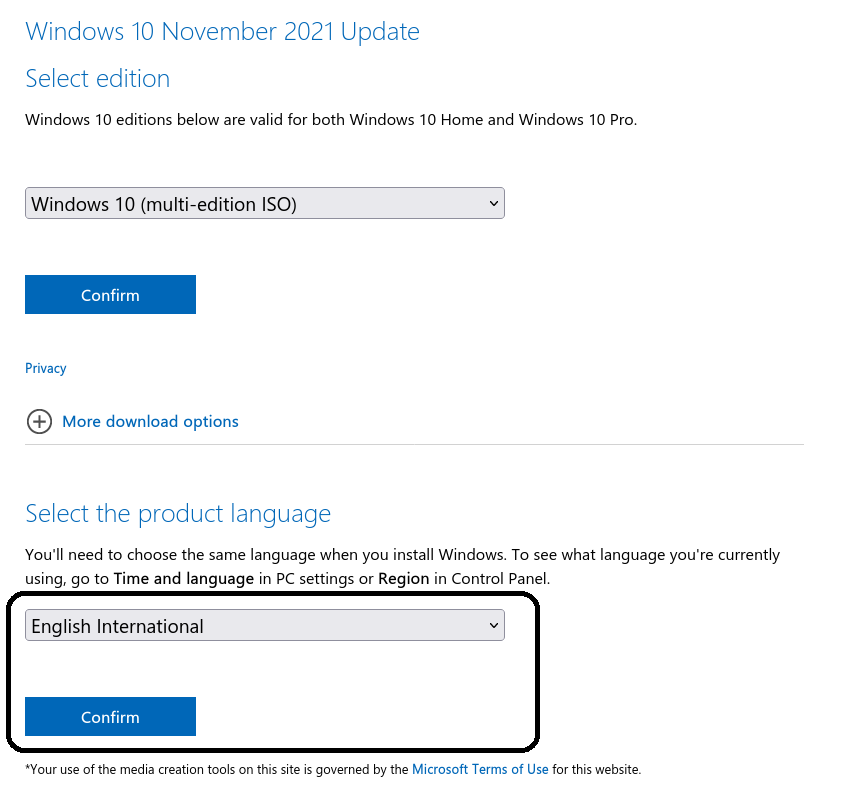
Once you've confirmed your language, you'll get two tải về links, one for the 64-bit edition, and the other one for the 32-bit edition. Both links are valid for 24 hours and the page will also show when they expire.
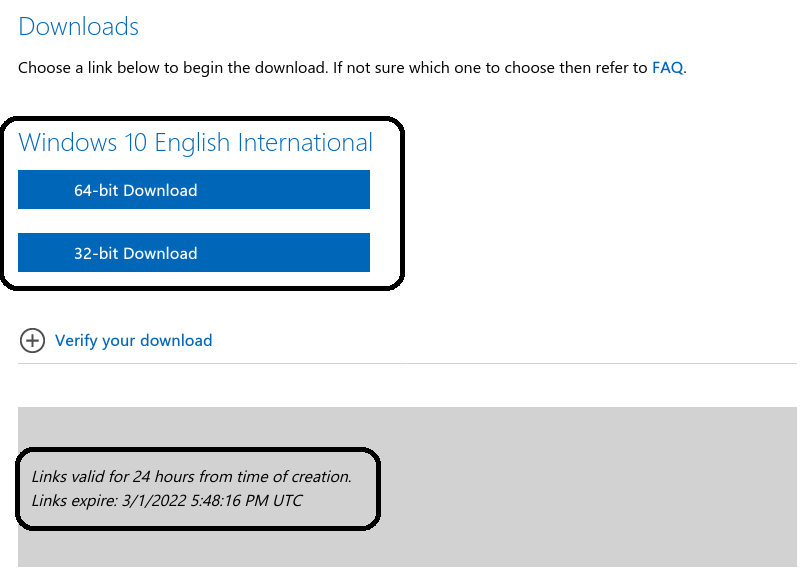
If you don't know how to decide between 64-bit and 32-bit, here's what you should do. If you have a processor that supports 64-bit architecture and you have more than 4GB of RAM, go with the 64-bit one. 32-bit operating systems have a 4GB RAM limit.
To figure out whether your processor supports 64-bit architecture or not, head over to a website like WikiChip, and search for your processor model.

As you can see in the screenshot above, my Ryzen 5 3600 supports 64-bit architecture. I also have 16GB of RAM which is a lot more than 4GB, so I'll go for the 64-bit edition.
Step 2: Insert your USB storage drive into your Mac
The ISO file is only about 5 gigabytes, but I recommend you use a USB drive with least 16 gigabytes of space just in case Windows needs more space during the installation process.
I bought a 32 gigabyte USB drive Walmart for only $3, so this shouldn't be very expensive.
Stick your USB drive into your Mac. Then open your terminal. You can do this using MacOS Spotlight by pressing both the ⌘ and Space bar the same time, then typing "terminal" and hitting enter.
Don't be intimidated by the command line interface. I'm going to tell you exactly which commands to enter.
Step 3: Use the diskutil command to identify which disk your USB drive is mounted on
Open Mac Spotlight using the ⌘ + space keyboard shortcut. Then type the word "terminal" and select Terminal from the dropdown list.
Paste the following command into your terminal and hit enter:
diskutil list
You will see output like this (note - your Mac's terminal may be black text on a white background if you haven't customized it).
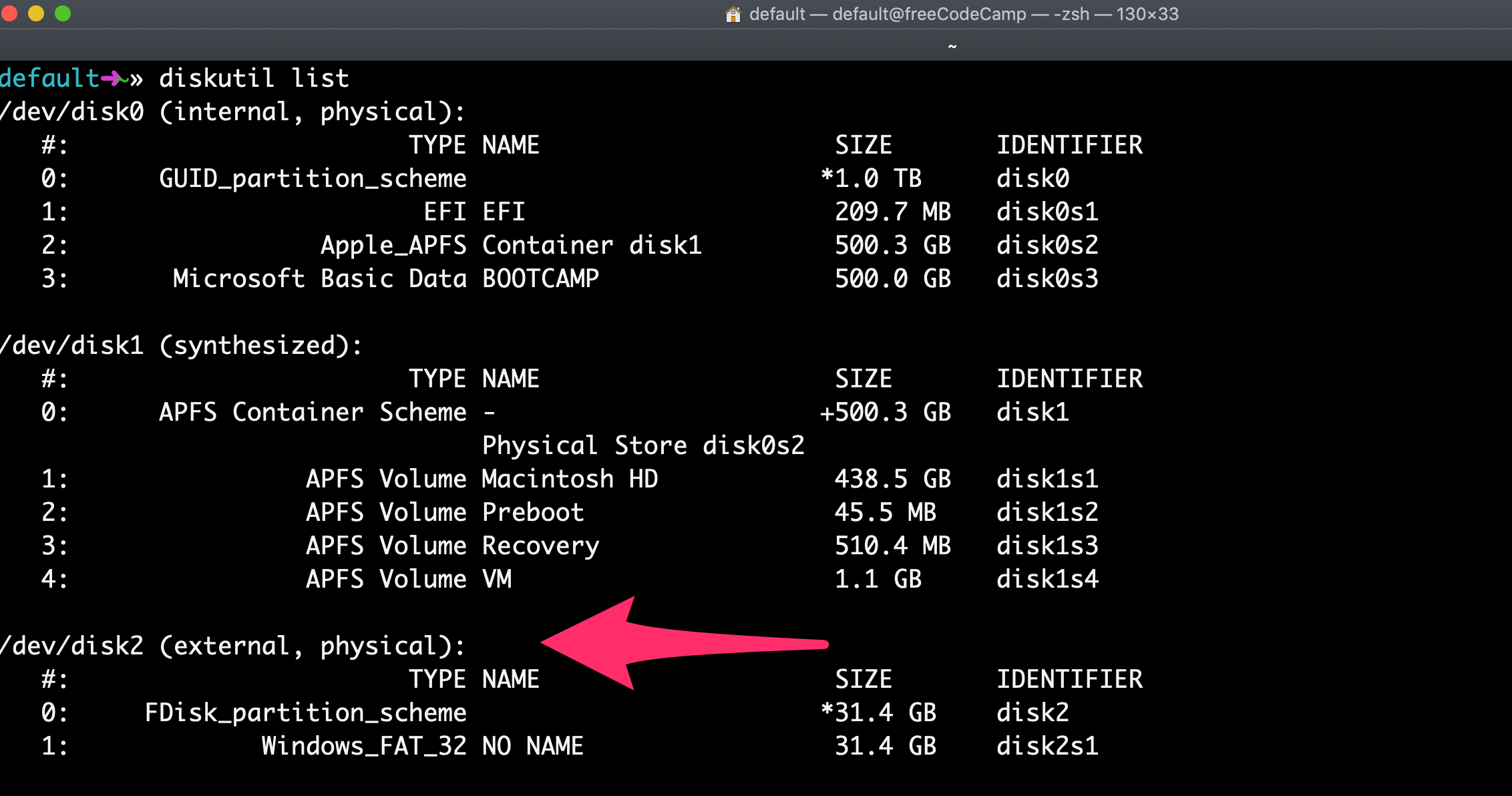
Copy the text I point to here. It will probably be something like
/dev/disk2.
Step 4: Format your USB Drive to work with Windows
Next format your USB drive to Windows FAT32 format. This is a format that Windows 10 will recognize.
Note that you should replace the disk2 with the name of the your drive from step 3 if it wasn't disk2. (It may be disk3 or disk4).
Run this command using the correct disk number for your USB:
diskutil eraseDisk MS-DOS "WIN10" GPT /dev/disk2
Then you'll see terminal output like this.

This will probably only take about 20 seconds on a newer computer, but may take longer on an older computer.
Note that for some hardware, you may instead need to run this command, which uses the MBR format for partitioning instead of GPT. Come back and try this command if step 7 fails, then redo steps 5, 6, and 7:
diskutil eraseDisk MS-DOS "WIN10" MBR /dev/disk2Step 5: Use hdiutil to mount the Windows 10 thư mục and prepare it for transfer.
Now we're going to prep our downloaded ISO file so we can copy it over to our USB drive.
You will need to check where your downloaded Windows 10 ISO file is and use that. But your file is probably located in your ~/Downloads thư mục with a name of Win10_1903_V1_English_x64.iso.
hdiutil mount ~/Downloads/Win10_1903_V1_English_x64.iso
Step 6: Copy the Windows 10 ISO over to your USB Drive
Update April 2022: One of the files in the Windows 10 ISO – install.wim – is now too large to copy over to a FAT-32 formatted USB drive. So I'll show you how to copy it over separately.
Thank you to @alexlubbock for coming up with this workaround.
First run this command to copy over everything but that file:
rsync -vha --exclude=sources/install.wim /Volumes/CCCOMA_X64FRE_EN-US_DV9/* /Volumes/WIN10
Then run this command to install Homebrew (if you don't have it installed on your Mac yet):
/usr/bin/ruby -e "$(curl -fsSL https://raw.githubusercontent.com/Homebrew/install/master/install)"
Then use Homebrew to install a tool called wimlib with this terminal command:
brew install wimlib
Then go ahead and create the directory that you're going to write the files into:
mkdir /Volumes/WIN10/sources
Then run this command. Note that this process may take several hours, you may see 0% progress until it finishes. Don't abort it. It will use wimlib to split the install.wim file into 2 files less than 4 GB each (I use 3.8 GB in the following command), then copy them over to your USB:
wimlib-imagex split /Volumes/CCCOMA_X64FRE_EN-US_DV9/sources/install.wim /Volumes/WIN10/sources/install.swm 3800
Once that's done, you can eject your USB from your Mac inside Finder. Note that Windows will automatically rejoin these files later when you're installing.
Step 7: Put your USB into your new PC and start loading Windows
Congratulations - your computer now should boot directly from your USB drive. If it doesn't, you may need to check your new PC's BIOS and change the boot order to boot from your USB drive.
Windows will pop up a screen and start the installation process.
Enjoy your new PC, and your newly-installed copy of Windows.
Learn to code for không lấy phí. freeCodeCamp's open source curriculum has helped more than 40,000 people get jobs as developers. Get started
Can you make a bootable USB for Mac on Windows?
You can use a Windows 11, 10, 8.1, or 7 computer to quickly create a USB bootable installation truyền thông to reinstall macOS Ventura, Monterey, Big Sur, or Catalina on your Mac.Can you make a USB bootable Mac?
Since Mavericks, creating a bootable installation of macOS requires a single command in Terminal. The createinstallmedia command makes it possible to create a bootable copy of an installer on any drive that's connected to your Mac.Can I use Rufus to make a bootable USB for Mac?
You cannot use Rufus on a Mac. Rufus only works on 32 bit 64 bit versions of Windows XP/7/8/10 only. The only way to run Rufus on a Mac is to install Windows on your Mac and then install Rufus in Windows.What format should a bootable USB be for Mac?
What Format Should a USB Be for Mac? If you're only going to use the flash drive on a Mac, then I would recommend that you use Apple's Mac OS Extended. If you want to use it on both Mac and Windows, then you should format the USB Flash drive to FAT32 so that you can use it on both operating systems. Tải thêm tài liệu liên quan đến nội dung bài viết Make bootable USB Mac Windows 10 UNetbootin TransMac